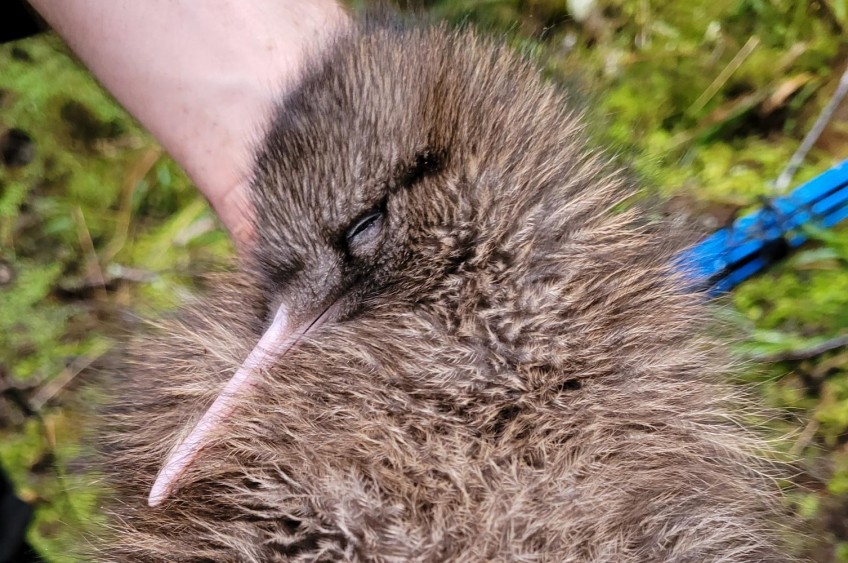Fiordland kiwi population shows growth in conservation first

It's official, the tide is turning for these remotely-located kiwi and their population is now growing for the first time in the history of their conservation.
Recent Department of Conservation predator control operations reveal that the number of kiwi/tokoeka living in Fiordland's Shy Lake has grown by two percent.
DOC project lead Chris Dodd says this is a significant win for the population they've been monitoring since 2017.
A few years ago, it looked like the population was on a "downward slide to extinction", Mr Dodd says.
“It means not only are chicks surviving long enough to replace the adults, enough are making it to adulthood to officially grow the population."
He says that the two 1080 operations in the area, one in winter 2020, and another in 2023, have been the reason for their success.
"We can’t control the environment, but we can do something about the stoats and give these chicks a better chance. And these latest population figures show it’s working.”
He says before the use of 1080 bait to control predators, the chick survival rate in the area was zero, and the population was decreasing by roughly two percent per year.
"Every year kiwi chicks were hatching and dying, overwhelmingly due to stoat predation.
“Fiordland tokoeka live in harsh, rugged terrain. Even without the threat of predation, it can be an uphill battle surviving through to adulthood.
“Adult kiwi are typically more resilient to stoat attacks, but natural mortality - old age, misadventure, disease - means the population was declining."
Mr Dodd says the Shy Lake kiwi growth reflects a wider population trend happening in the area of Wet Jacket Peninsula, which makes up roughly four percent of Fiordland.
He says the team needs to think bigger if they want to stop the decline of Fiordland kiwi.
"We've made a great start," Mr Dodd says.
The DOC team have a 1080 drop planned for an area east of Wet Jacket Peninsula, Seaforth-Grebe block, for winter 2024.
Mr Dodd says it will also protect rock wren, kea, mohua, long-tailed bats and several types of native snails.
Main image (Supplied)


























